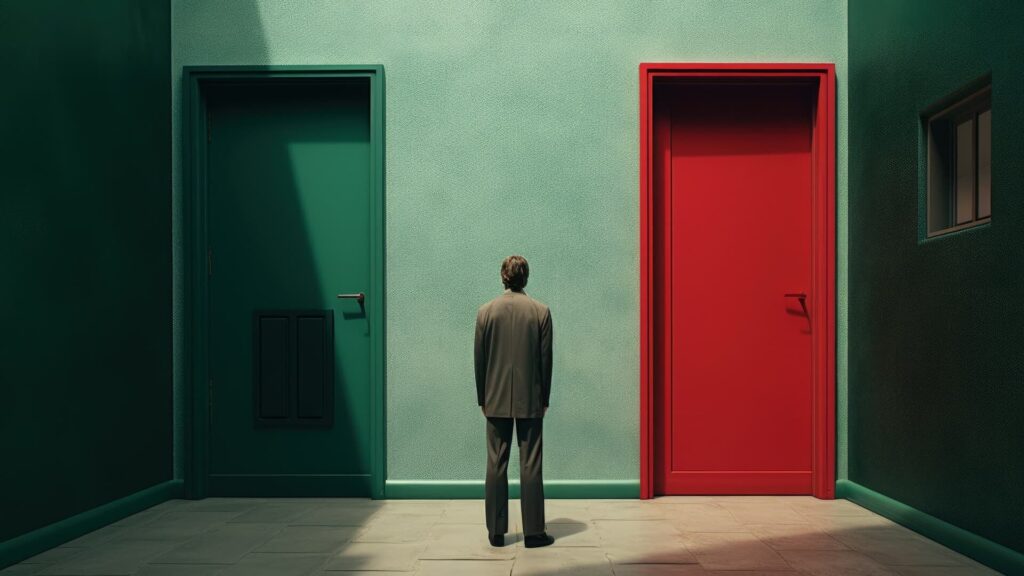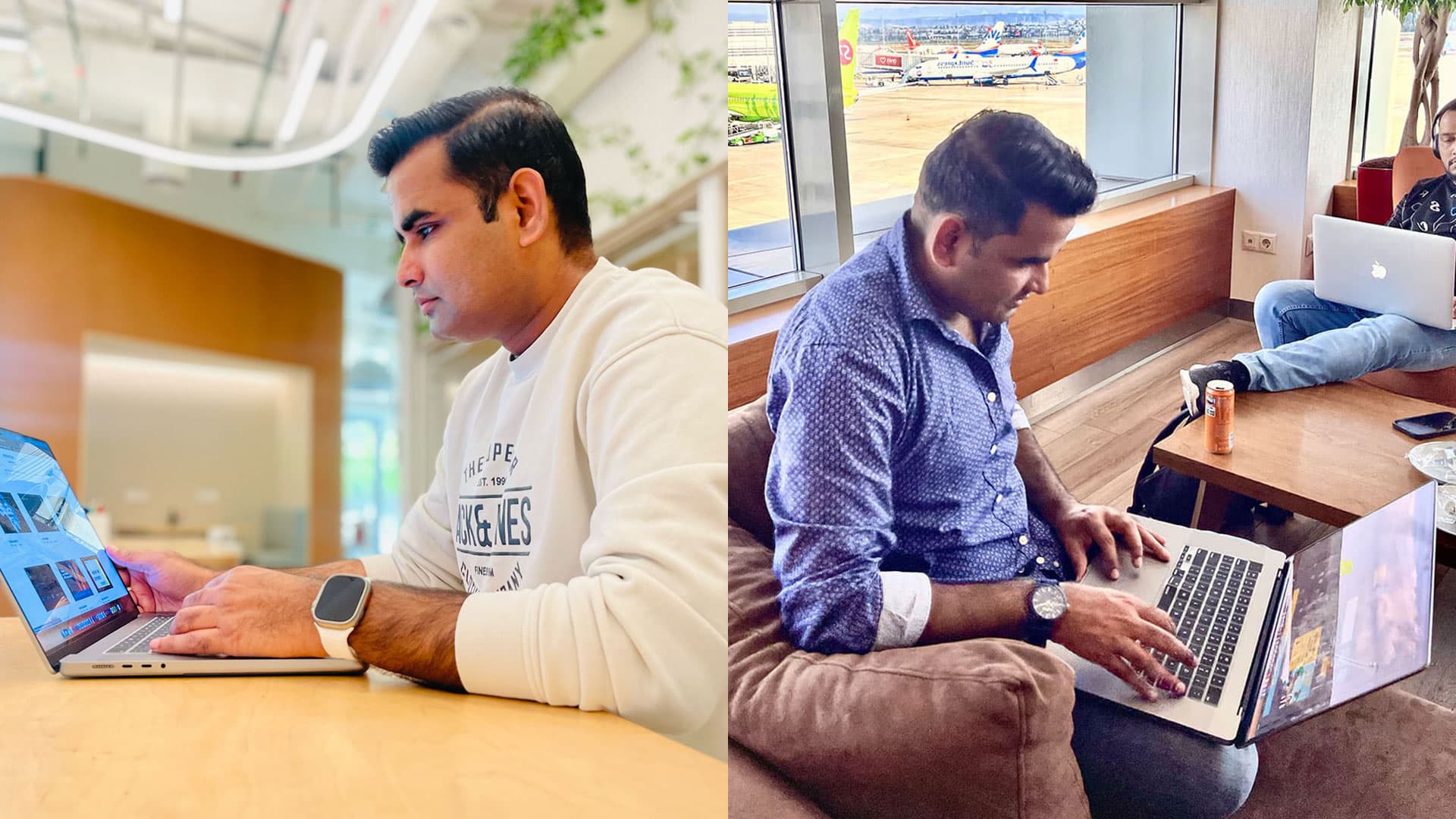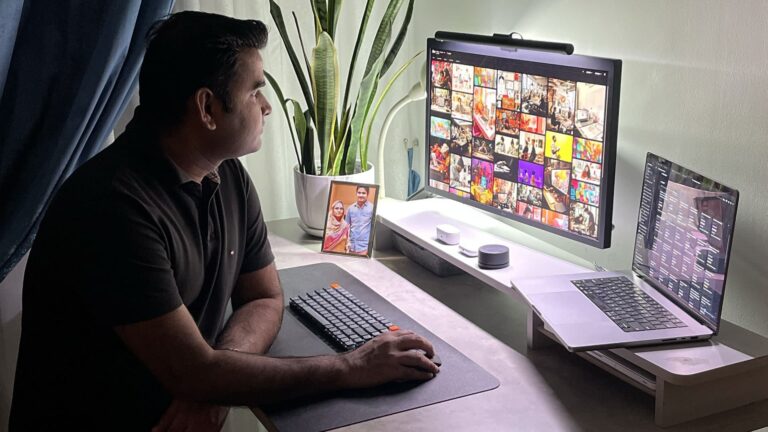I’ve been on both sides of this debate. I started freelancing full-time at 25, which was the biggest risk of my life. Before that, I had worked traditional jobs where I experienced the stability and benefits that many employees rely on.
After 17 years in the design field, 15 of them as a full-time freelancer I can confidently say neither path is easier. Both have their highs and lows.
This isn’t about saying one is better than the other. It’s about sharing what I’ve learned and the lessons both worlds offer.
Employee advantage
- Steady paycheck
I’ll admit, I sometimes miss the comfort of knowing exactly how much money would hit my account every month. In my early freelancing days, I struggled with unpredictable cash flow, and I often looked back at my full-time job with a twinge of envy. - A clear career path
In my corporate days, I had mentors and a clear ladder to climb. That structure gave me focus and direction, something freelancers often need to figure out for themselves. - Stability and benefits
When I moved to Dubai at 23, I worked for several companies, and having benefits like health insurance and paid time off felt like a safety net. As a freelancer, you build your own net or learn to live without one.
Employee struggles
Even with those advantages, there were challenges that made me question the traditional 9-to-5 path.
- Office politics
I’m not one for office drama. Working in teams often exposed me to unnecessary politics, which drained my energy and creativity. - Lack of flexibility
I remember being tied to rigid office hours, missing out on moments that mattered. Freelancing, by contrast, let me reclaim my time, even if it meant working odd hours to meet deadlines. - Feeling stuck
The monotony of doing the same thing every day left me craving variety. As a creative, I wanted to explore new challenges and ideas, which freelancing has provided in abundance.
What freelancers can learn:
Employees grow in structured environments, and that structure often helps them focus and deliver consistently. Freelancers like us can borrow this habit by building routines and setting clear boundaries for work and rest.
Freelancer advantage
- Freedom to choose projects
In 2017, I made a bold decision to niche down and focus solely on product design. It wasn’t easy turning away projects I’d been doing for years, but this freedom allowed me to work on what I truly loved, with clients I genuinely wanted to help. - Work-life flexibility
I’ve worked on projects from coffee shops, co-working spaces, and even my living room. This flexibility has been priceless, especially during times when family needed me or when inspiration struck at odd hours. - Being your own boss
Freelancing taught me resilience. When clients ghosted me or payments were delayed, I had to take charge of my career, learn negotiation skills, and build a solid pipeline to avoid dry spells.
Freelancer struggles
Freelancing isn’t all freedom and creativity, it’s a path that demands grit and adaptability.
- Unpredictable cash flow
In the early years, I learned the hard way to budget wisely. There were months I worried about paying bills. Today, I always have a financial cushion to manage unpredictable income. - Chasing clients and payments
I’ve had my share of clients who “vanished” after project delivery. To avoid this, I now require clear contracts, upfront payments, and milestones. It’s a lesson I wish I’d learned earlier. - Isolation
Being a freelancer can get lonely. I’ve experienced it firsthand, especially before I started attending design meetups and joining communities in 2022. Those connections not only cured my isolation but also sparked new ideas and collaborations.
What employees can learn:
Freelancers excel at independence and adaptability. These skills can help employees step out of their comfort zones, take ownership of their roles, and think beyond their job descriptions.

What both sides can teach us
The truth? Both paths are tough, but each offers invaluable lessons.
As a freelancer, I’ve learned to admire:
- Stability and focus: Employees excel at showing up every day and delivering consistently.
- Teamwork: Working with teams has taught me the power of collaboration and shared goals.
- Resilience in structure: Thriving in a structured environment isn’t easy, and it takes grit.
And my friends in traditional roles have told me they admire:
- The independence: Freelancers take risks to carve their own path.
- Fresh perspectives: We bring unique ideas from working on diverse projects.
- Determination: The courage it takes to bet on yourself as a freelancer inspires them.
How to take action today
Here’s how you can use these lessons in your own journey:
- Freelancers: Create a system. Routines can help you stay productive and avoid burnout. Build a support network to combat isolation.
- Employees: Explore a side hustle. Whether it’s freelancing or a passion project, it can bring fresh ideas into your work life.
- Everyone: Talk to someone on the “other side.” Share experiences, struggles, and wins. You’ll find there’s more common ground than you think.
“The grass isn’t greener on the other side. It’s greener where you water it.”
This journey has taught me that success isn’t about choosing the “right” path. It’s about learning, growing, and making the most of the one you’re on.
Whether you’re an employee or a freelancer, borrow the best, share the wisdom, and build a work life that feels truly yours.
Let’s connect
Curious about freelancing, employment, or anything in between? Let’s connect on LinkedIn I’d love to hear your experiences, answer your questions, or just have a meaningful conversation about building a fulfilling career.








